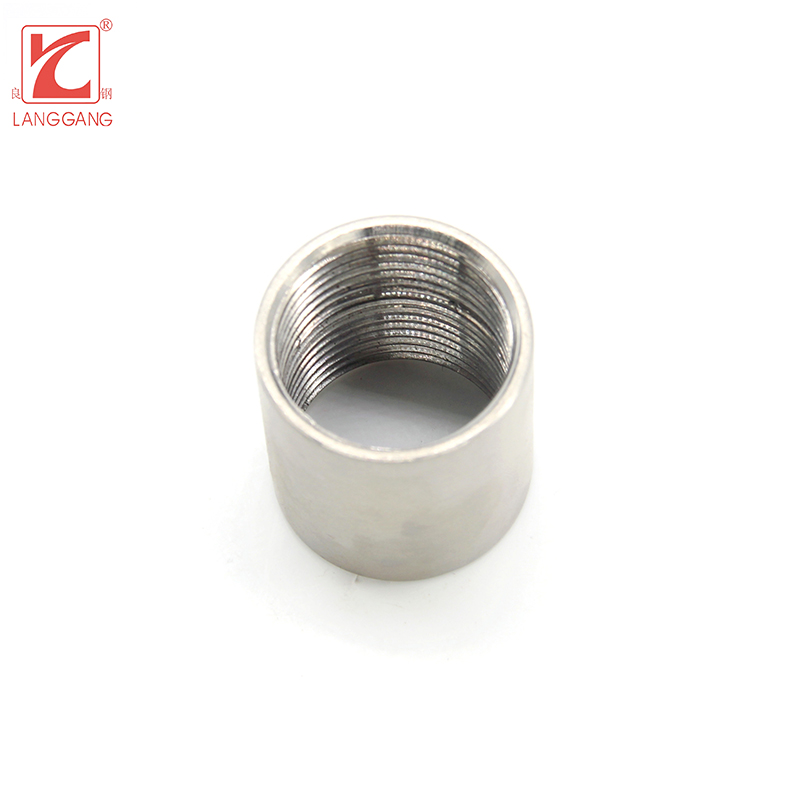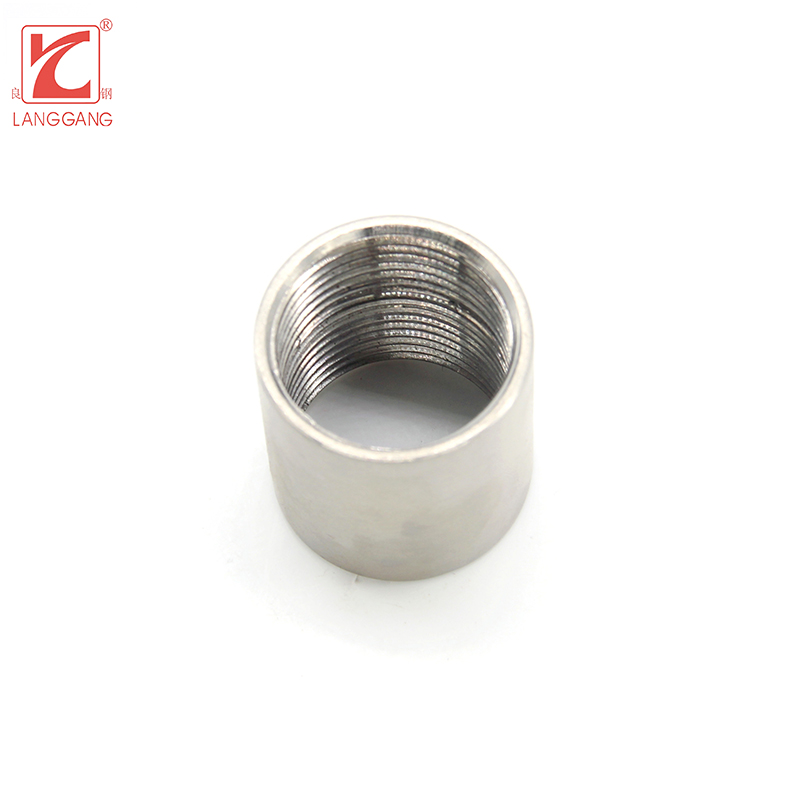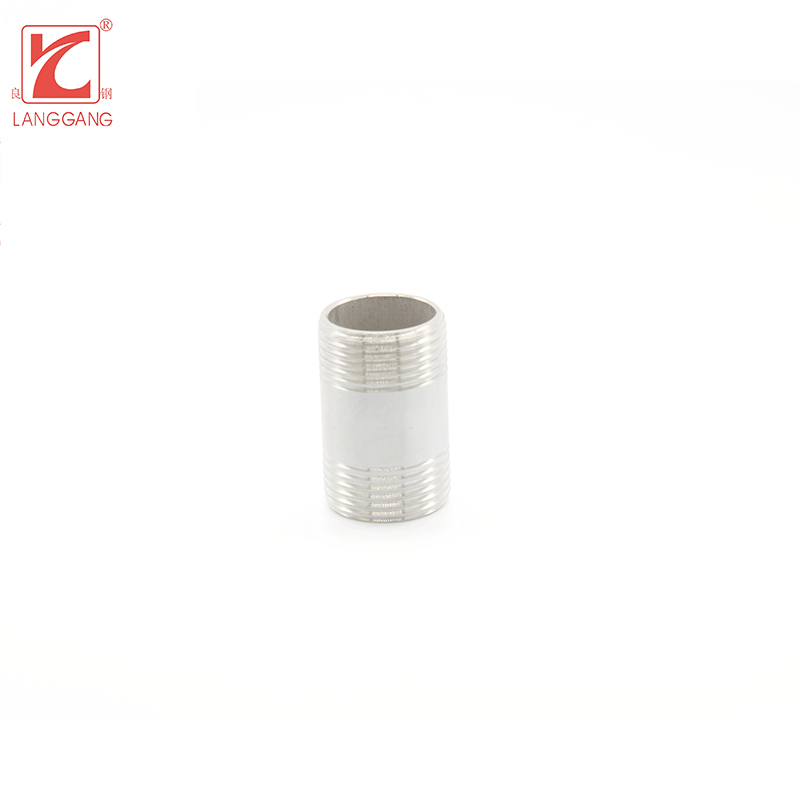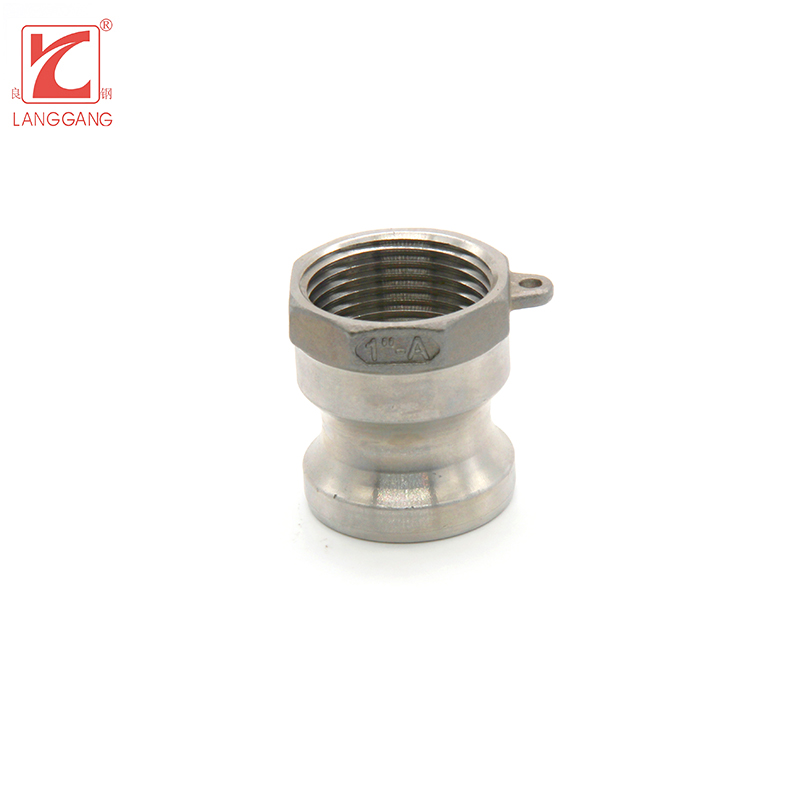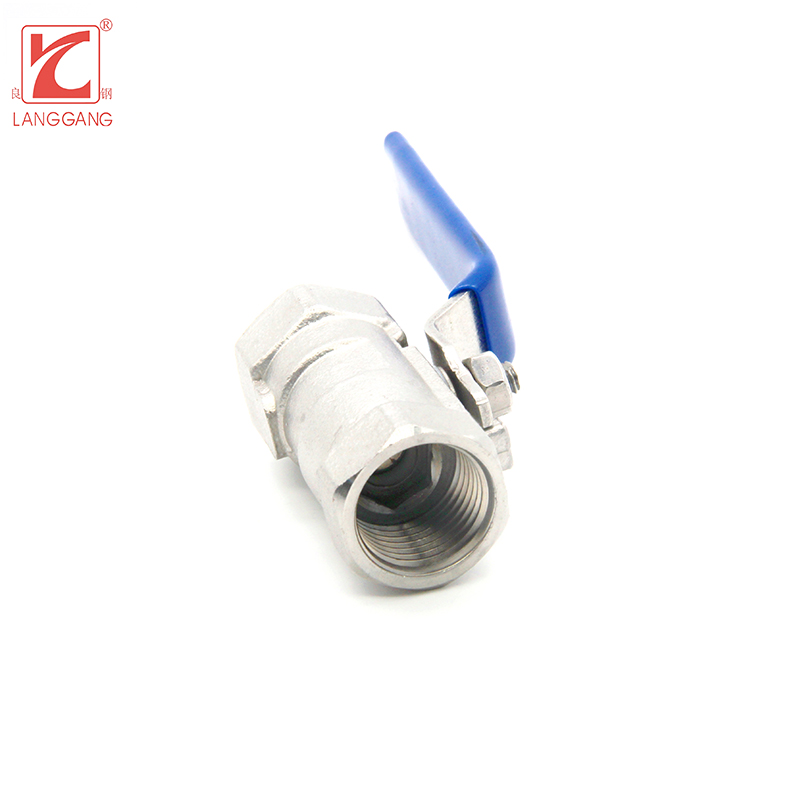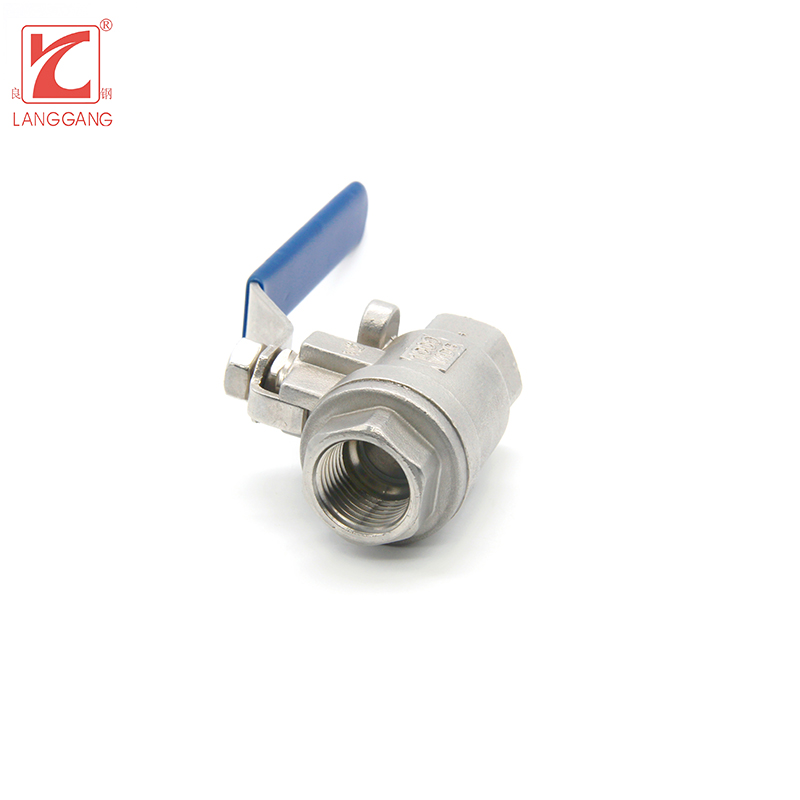The Ultimate Guide to Stainless Steel Cast Pipe Fittings
Table of Contents
Comparing Stainless Steel Cast Pipe Fittings with Other Material Pipe Fittings
Customization Standards and Process for Stainless Steel Cast Pipe Fittings
1. What are Stainless Steel Cast Pipe Fittings?
Stainless steel cast pipe fittings are components used in piping systems to connect, control, or adapt the flow of fluid in different directions. They are manufactured using the casting process, which involves pouring molten stainless steel into mold cavities to create the desired shape. These fittings are made from stainless steel, an alloy of iron and chromium, which offers high resistance to corrosion, low maintenance, and an attractive appearance.
2. Casting Methods for Stainless Steel Pipe Fittings
There are several casting methods used to produce stainless steel pipe fittings:
Investment Casting: This method, also known as lost-wax casting or precision casting, is a highly efficient process that allows for the production of intricate, near-net-shape parts. It involves creating a wax pattern, surrounding it with a ceramic shell, and then melting the wax to leave a cavity, into which molten stainless steel is poured.
Sand Casting: Sand casting is a more straightforward and affordable method compared to investment casting. It uses sand as the mold material, where molten stainless steel is poured and allowed to solidify. The sand is removed once the metal has cooled, leaving behind the finished product.
Centrifugal Casting: This method is commonly used for the production of cylindrical pipe fittings. It involves pouring molten stainless steel into a spinning mold cavity, where centrifugal force helps distribute the material evenly along the cavity walls.
3. Types of Stainless Steel Cast Pipe Fittings
There is a wide variety of stainless steel cast pipe fittings available to suit different applications and requirements. Some of the most common types include:
Elbows: These fittings change the direction of fluid flow within a pipeline. Elbows are available in different angles such as 45°, 90°, and 180°, allowing for various degrees of bends in the pipe system.
Tees: Tees connect three sections of a pipeline and are typically used to combine or split fluid flow. They are available in equal and reducing designs, with equal tees possessing identical branch diameters and reducing tees featuring varying branch diameter sizes.
Crosses: Cross fittings are used to connect four sections of a pipeline and may be employed to divert or split the fluid flow in multiple directions.
Reducers: Reducers are used to change the pipe size within a pipeline system. They connect pipes with different diameters and can be concentric or eccentric, depending on the alignment of pipe centers.
Nipples: Nipples are short pipe sections with external threads on both ends. They are used for connecting pipes or other threaded fittings within a system and can be found in various lengths and thread types.
Couplings: Couplings join two pipes or pipe sections with similar or different diameters. They can be divided into two categories: reducing couplings that connect pipes with different diameters and regular couplings used when pipe diameters are identical.
Unions: Unions provide a means to easily connect and disconnect pipes without necessarily modifying the surrounding piping system. They are designed to offer a convenient method of maintenance and repair without cutting or disassembling the pipe sections.
Caps and Plugs: Caps and plugs are used to seal the ends of pipes or fittings, preventing leakage or contamination. Caps typically cover the end of a pipe, while plugs are inserted inside the pipe or fitting end.
Flanges: Flanges provide a method to connect pipes, valves, and other equipment within a pipeline system. They are typically flat, circular plates with holes that accommodate bolts to ensure a secure and sealed connection.
Bushings: Bushings are used to connect pipes of different sizes with threaded connections. They are similar in function to reducers but cater specifically to threaded pipes.
4. Advantages of Stainless Steel Cast Pipe Fittings
There are numerous reasons why stainless steel cast pipe fittings are a preferred choice for many applications:
Corrosion Resistance: Stainless steel offers excellent resistance against various corrosive environments, minimizing the risk of leakage and system failures.
Strength: These fittings have high tensile strength and are able to withstand high pressures and temperatures.
Low Maintenance: Stainless steel requires minimal maintenance and can last for decades without needing to be replaced.
Aesthetics: The sleek and polished appearance of stainless steel fittings is highly appealing to many customers.
Eco-Friendly: Stainless steel is a recyclable material, which reduces the environmental impact of using these fittings.
5. Comparing Stainless Steel Cast Pipe Fittings with Other Material Pipe Fittings
Carbon Steel Pipe Fittings: Although carbon steel pipe fittings are cheaper, they are more prone to corrosion and may require additional protective coatings.
Brass Pipe Fittings: Brass fittings provide good corrosion resistance, but their lower strength and temperature resistance make them less suitable for high-pressure applications compared to stainless steel.
PVC Pipe Fittings: PVC fittings are lightweight and easy to install, but they cannot handle high temperatures or use in corrosive environments like stainless steel.
6. Applications of Stainless Steel Cast Pipe Fittings
Stainless steel cast pipe fittings are widely used across various industries due to their corrosion resistance, high strength, low maintenance, and aesthetic appeal. Some of the major applications include:
Oil and Gas: Stainless steel fittings are used extensively in the oil and gas industry, particularly in the construction and maintenance of pipelines, valves, and other critical components exposed to harsh environments and high pressures.
Chemical Processing: The chemical industry relies on stainless steel fittings due to their excellent resistance to a wide range of corrosive chemicals and solvents. These fittings are crucial for maintaining the integrity of complex chemical processing systems and ensuring safety during manufacturing.
Water Treatment and Distribution: Stainless steel cast pipe fittings are an essential component of water treatment plants and distribution systems, as they help prevent contamination and ensure the purity of water supplies. Their corrosion resistance makes them ideal for use in systems subjected to various water qualities, including desalination plants.
Food and Beverage: The food and beverage industry requires hygienic and easily cleanable components, which stainless steel pipe fittings excel in providing. They also resist corrosion from food acids and other substances found in the processing environment, ensuring product safety and maintaining production quality standards.
Pharmaceutical: In pharmaceutical manufacturing, stainless steel fittings are used widely for their hygienic properties and resistance to various chemicals used in drug processing. Their suitability for cleanroom environments and ability to maintain product purity are crucial to maintaining high quality and safety standards in the industry.
Marine Industry: Stainless steel fittings are ideal for marine applications due to their resistance to corrosion and erosion caused by saltwater exposure. They are frequently used in shipbuilding and offshore facilities for their durability and low maintenance requirements.
Power Generation: In power generation plants, stainless steel fittings are utilized for high-pressure steam, cooling systems, and various fluid handling applications. Their ability to withstand high temperatures and pressures makes them an excellent choice for safely and efficiently managing critical infrastructure systems.
Pulp and Paper: The pulp and paper industry uses stainless steel cast pipe fittings in various stages of production, from pulp processing to paper manufacturing. These fittings resist corrosive chemicals used in pulping and bleaching processes, ensuring the longevity of equipment and the quality of the final product.
HVAC: Stainless steel pipe fittings play a crucial role in the heating, ventilation, and air conditioning (HVAC) applications. They are used for the installation and maintenance of ductwork, piping systems, and other components that are exposed to temperature fluctuations and various environmental conditions.
Automotive and Aerospace: In both the automotive and aerospace industries, stainless steel fittings are used for fuel and fluid delivery systems, thermal management, and other critical applications. Their ability to withstand high pressures, temperatures, and harsh environments make them an optimal choice for these demanding industries.
7. Customization Standards and Process for Stainless Steel Cast Pipe Fittings
To ensure the proper fit and function of stainless steel cast pipe fittings, manufacturers adhere to various standards, such as ASME, ANSI, DIN, JIS, and ISO. The customization process typically includes the following steps:
Detail the desired specifications, such as dimensions, material grade, and connection type, in a drawing or 3D CAD model.
Submit the design to a reputable stainless steel casting manufacturer.
Review and approve the manufacturer's quote, lead time, and any other relevant terms.
The manufacturer produces a sample fitting for approval before proceeding with full production.
8. Installation Steps for Stainless Steel Cast Pipe Fittings
Prepare the pipe ends by cleaning, deburring, and applying a thread sealant if required.
Align the fitting and pipe ends, ensuring proper orientation of threads or connection type.
Tighten the connection using an appropriate wrench, ensuring a secure fit without over-tightening.
9. Conclusion
Stainless steel cast pipe fittings offer numerous advantages over other materials, and are widely used across various industries. Understanding the types of fittings, their applications, and the customization process will ensure success in selecting and using the right stainless steel cast pipe fittings for your needs.
10. 8 Tips About Stainless Steel Cast Pipe Fittings
Here are eight essential tips to consider when working with stainless steel cast pipe fittings:
Choose the right grade: Stainless steel pipe fittings are available in various grades such as 304, 316, 316L, and many others. Choose the appropriate grade based on the environment, working pressure, and specific requirements of your application.
Use proper thread sealant: In threaded connections, it is important to use a suitable thread sealant, such as Teflon tape or pipe dope, to ensure a secure and leak-free connection.
Proper alignment: Ensure proper alignment of pipes and pipe fittings before tightening connections. Misaligned components will lead to leakage or damage to the system.
Do not over-tighten connections: Over-tightening connections can cause damage to threads and potentially lead to leakage due to stress on seals. Tighten connections until they are snug and secure, without applying excessive force.
Consider welding for permanent connections: For permanent, high-pressure connections, welding may be a better option than threaded or flanged connections because it provides a strong bond and minimizes the risk of leakage.
Regular inspection and maintenance: Periodically inspect your stainless steel pipe fittings and the entire pipeline system to detect any signs of wear, corrosion, or damage. Address any issues immediately to prevent larger problems and system failures.
Maintain cleanliness: Keep the fitting surfaces and pipe ends clean and free of debris, rust, and dust before installation. Contamination can reduce the efficiency of the connection and cause leakage or damage.
Ensure compatibility: When integrating stainless steel cast pipe fittings into a pipeline system with other materials, make sure they are compatible with one another. Mixing dissimilar materials, or using incompatible fittings, may result in galvanic corrosion or other adverse reactions.
By following these tips, you can ensure the proper installation, maintenance, and performance of stainless steel cast pipe fittings in your pipeline systems while maximizing their service life and minimizing the risk of failure.
Stainless steel pipe fittings suppliers
LGFITTINGVALVE is a premier supplier of stainless steel pipe fittings, renowned for its commitment to quality, innovation, and customer satisfaction. With years of experience in the industry, LGFITTINGVALVE offers a comprehensive range of high-grade stainless steel fittings that are designed to meet the rigorous demands of various industries, including oil and gas, water treatment, and construction.
Our products are engineered to ensure superior durability, reliability, and performance under the most challenging conditions. From elbows and tees to reducers and flanges, each fitting is manufactured using state-of-the-art technology and strict quality control processes to ensure they not only meet but exceed industry standards.
At LGFITTINGVALVE, we understand that each project has unique requirements, and we are committed to providing tailored solutions that align with our clients' specific needs. Our expert team is always ready to assist with technical support and to provide insights that help our clients make informed decisions.
Choose LGFITTINGVALVE for your stainless steel pipe fittings needs and experience a partnership that prioritizes quality, efficiency, and customer service. Connect with us today to learn more about how we can help elevate your next project.


